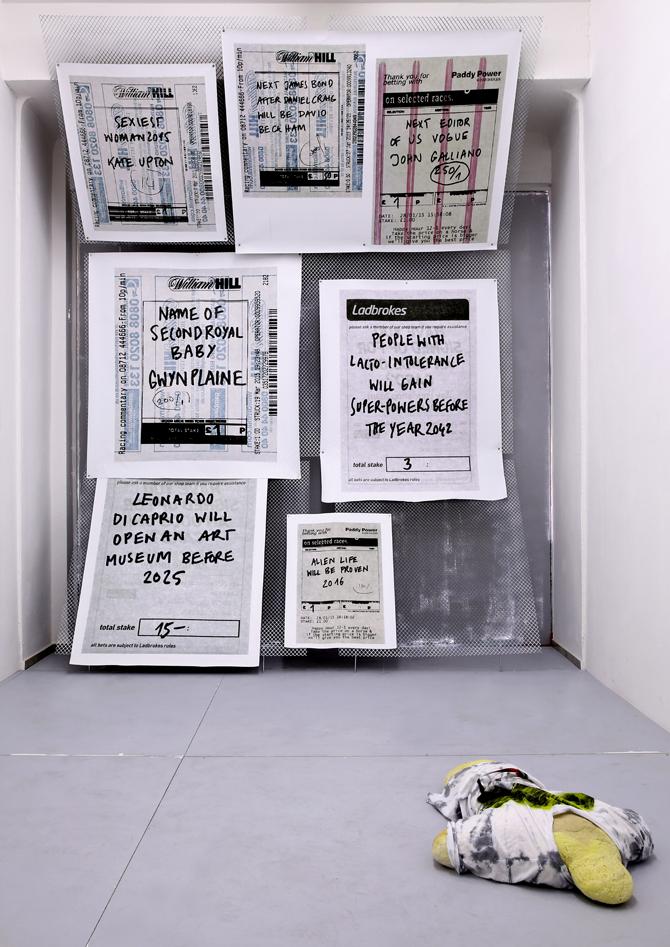
Julian Stalbohm, FICTION JEST DEBACLE, 10.04-23.05.2015 at Ginerva Gambino, Cologne © Julian Stalbohm, courtesy Ginerva Gambino, Cologne
Two weeks ago, news about the second royal hit all the headlines in England and put an end to the country's buzzing speculations about its name, its hair colour or the length of Kate's stay in the hospital. These so-called "Novelty Bets" – referring to a gambling system that allows betting on practically everything imaginable in the near or far future – are the central tool in the current show of conceptual artist Julian Stalbohm: Placed and documented throughout the last year, he approaches the subject of speculation and chance by juxtaposing magnified prints of betting slips that reveal both a handwritten bet and the respective, often absurd, odds. While all slips are presented on a grid behind the obscured window of Ginerva Gambino gallery, the artist built a small stage inside the space and placed three dough-based figures on the ground. Both the dough objects and the betting slips share one characteristic: their outcome is unpredictable.
Julian's show "Fiction Jest Debacle" negotiates the social process of constructing of truth – it speaks of the wish to participate in the fate of life and of chances. I spoke with the 1980-born artist, who studied in Malmö and now lives both in Sweden and in Berlin, about gambling, numbers of sex hotlines, false promises, and the persistent wish to be in control of things – to be a stockholder of the future.
Anna-Lena Werner: Julian, for your recent exhibition at Ginerva Gambino in Cologne you present a number of handwritten betting slips about events that could happen in the future. You placed the bets in London last year. How did you come up with this idea?
Julian Stalbohm: I have worked with gambling and games before, and I was very interested in scratch cards and collected a lot of them wherever I could find them. For the betting slips however, England and Ireland are the only places in Europe where they are accepted – I mean legally...
Anna-Lena: Like the bets, scratch cards are very much about false promises…
Julian: Yes they are. I like that about them. It's the most stupid way to gamble: scratch and rush, cheap thrills.
Anna-Lena: What are the chances of winning?
Julian: I am not so much interested in the winning aspect. Otherwise gambling would become less enjoyable.
Anna-Lena: But the odds still seem to be an important part, at least for your current series. How is it calculated that, say, “Leonardo Di Caprio will open an art museum before 2025”?
Julian: I think they obviously understand their business well, but sometimes they are wrong so they have to change the odds or face losing money. I imagine a commission sitting in a room discussing the possibilities of the bets. To them I hand in my own bets. Here, the bookmakers want additional information so that they can get an idea of the outcomes. Betting on your kids to one day play in a Premier League team is a very popular bet to make in England. And if David Beckham would bet on his sons, he would get much lower odds - for obvious reasons.
Anna-Lena: What determines your choice of bets, like “Alien Life will be proven in 2016” or more realistic things, such as “Sexiest Woman 2015: Kate Upton”?
Julian: I have placed many bets and while making a selection for this show, I decided it would be good to start with some things from daily life and celebrity culture – things you would read about in Gala or Vanity Fair, like Kate Upton or the Royal baby. These are then mixed with bets on events that could take place in the future, like aliens and volcano eruptions or people with super-powers. Each of them is like a compressed science fiction novel, and i will keep on wondering if they become true one day.
Anna-Lena: How many bets have you placed so far? Do you keep track?
Julian: I have made quite a lot, and I keep them all in a folder
Anna-Lena: Did any of your bets ever come true?
Julian: The royal baby is a girl.
Anna-Lena: You present the betting slips extremely magnified and placed on a metal-display-grid. Why did you choose this kind of display?
Julian: Having a range of bets between nearby events and those being further in the future, I wanted them to be placed next to each other and – for this exhibition – displayed as one piece. The visual appearance, like the tilted grid, is actually stolen from the bookmakers, who use similar assemblages: too many screens next to each and too much information.
Anna-Lena: The exhibition is titled “FICTION JEST DEBACLE”. Are bookmakers like gods deciding how the odds are for some fiction to become reality?
Julian: Actually, they might be more like priests, sitting next to a crack in the rock, inhaling the smoke that comes from down below; lawyers to the gods, oracles, and delphi. But you cannot negotiate with them. You are either in or out. I guess the verdict of the oracle historically had a good chance of becoming true, because everybody thought about them.
Anna-Lena: Like a constructed reality? Constructed by the bookmakers, who are psychics of a kind?
Julian: Yes, I like that thought. Bets are about relating to possible events. If you bet on celebrities, you become a stockholder of their future, like you have an interest in who will be Justin Bieber’s next girlfriend.
Anna-Lena: Isn’t it also about one's own monetary profit?
Julian: Yes of course it is all about the money, but it is also about relating to these people and events. There is traditionally more money in horse racing and football, and you know the results within an hour rather than in fifteen years. There is research about gambling and betting however, that says the more people bet on a certain event, the higher the possibility of it becoming true. It is like asking the audience what one should do.
Anna-Lena: Why did the subject of gambling become a theme that you discuss with your art?
Julian: I use gambling as a material – to write sentences, to make propositions, to speculate on the future.
Anna-Lena: We previously spoke about false promises. This is a subject that you also touched with a previous series that embeds sex hotlines on framed prints…
Julian: …numbers and codes do play a certain role in some of my work, and also in the bets. They create a detached relation between people. In the sex hotline series the phone numbers are coded to words, like in an old Nokia phone in which the “4” is either a “g”, “h”, or “i”. The numbers shift to letters, so that numbers would become words. Intimate human desires on a dialing pad.
Anna-Lena: Digital intimacy?
Julian: Definitely pre-digital.
Anna-Lena Werner: That is true. Sex hotlines are already retro, aren’t they?
Julian: Yes, they mark a very specific span of time of something like ten years. There is no more phone sex in the future; there is Oculus Rift and cam-sex.
Anna-Lena: Your exhibition also involves three, human-shaped but still deformed objects lying on the gallery floor. They are casts from real bread loafs, dressed in T-Shirts. Could you tell me what these objects are about?
Julian: They are presented underneath the bets on a stage-like floor. If you step up on the floor, you are surrounded by both the objects on the floor and the bets hanging in front of you. Actually they are like insects.
Anna-Lena: You really emphasise the amorphous aspect of dough.
Julian: The dough objects have a bodily appearance a bit like bawdy puppets. Their presence is unformulated due to the dwelling of the dough. And puppets, in whatever use, are often used as a container for unformulated thoughts. The betting slips are build upon an almost mathematically formulated thought.
Anna-Lena: How important is this physical and tactile aspect for your practice, as opposed to the numbers?
Julian: Numbers are always beautiful and clean. We totally trust them. A dough is tickling another understanding of ours, it is an undefined dwelling shape which we tend to fill with metaphors.
Anna-Lena: Would you have been a mathematician if you did not become an artist?
Julian: Let me check with Paddy Power.
Julian Stalbohm will open the project space
MAVRA (Möckerstrasse 68, Berlin) together with
Nuri Koerfer and Mark Soo.
FICTION JEST DEBACLE
JULIAN STALBOHM
10th of April – 23rd of May 2015
GINERVA GAMBINO
Arndtstr 4
50676 Cologne
Opening Hours: Wed - Sat, 14 - 18h


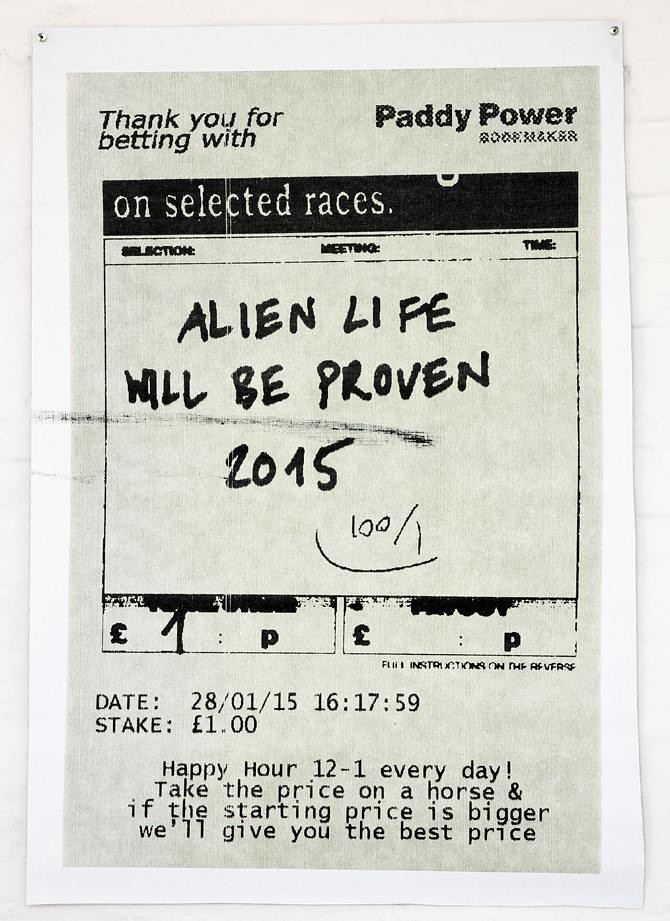
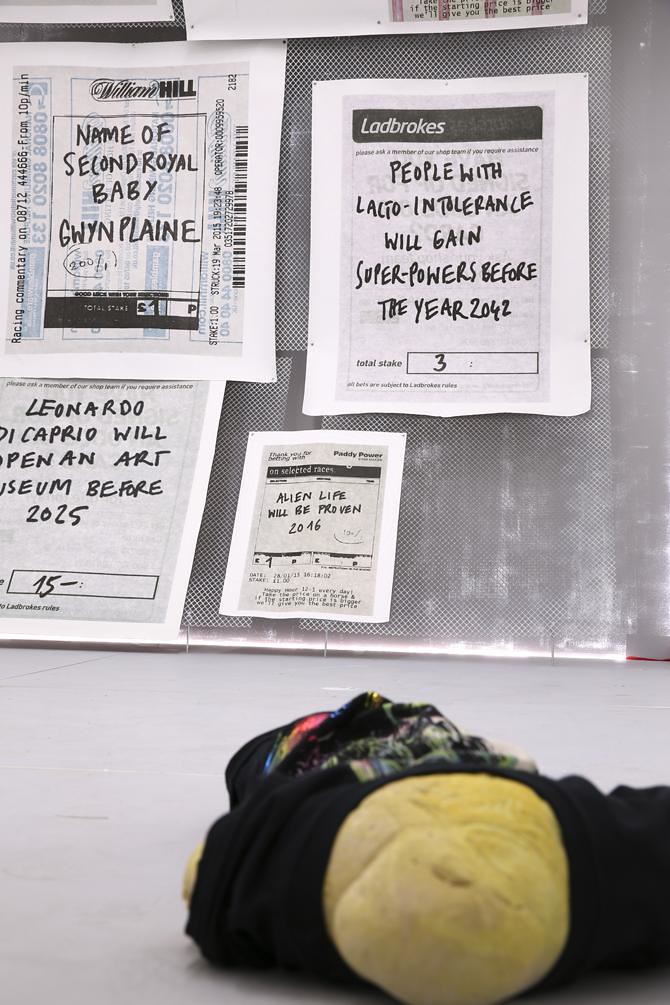
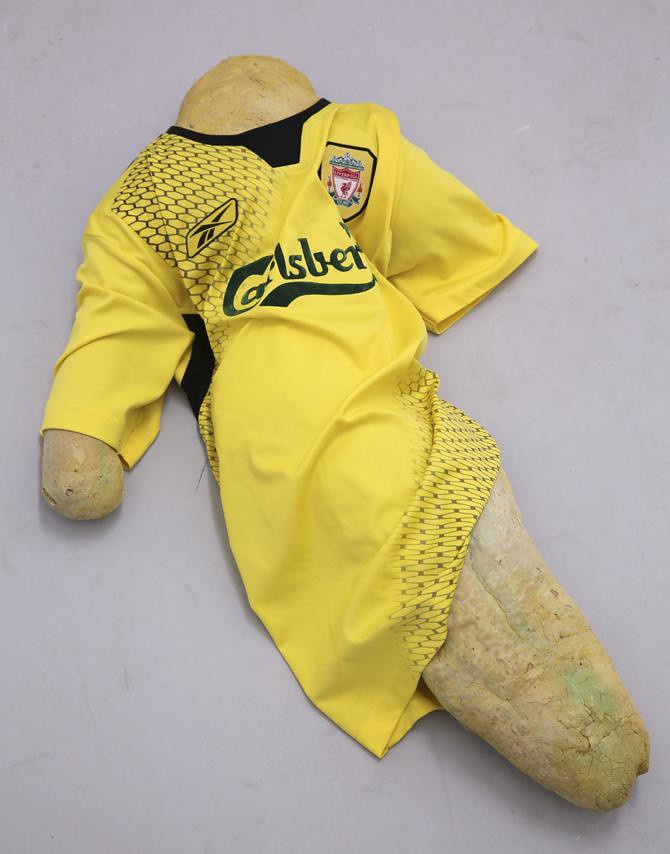
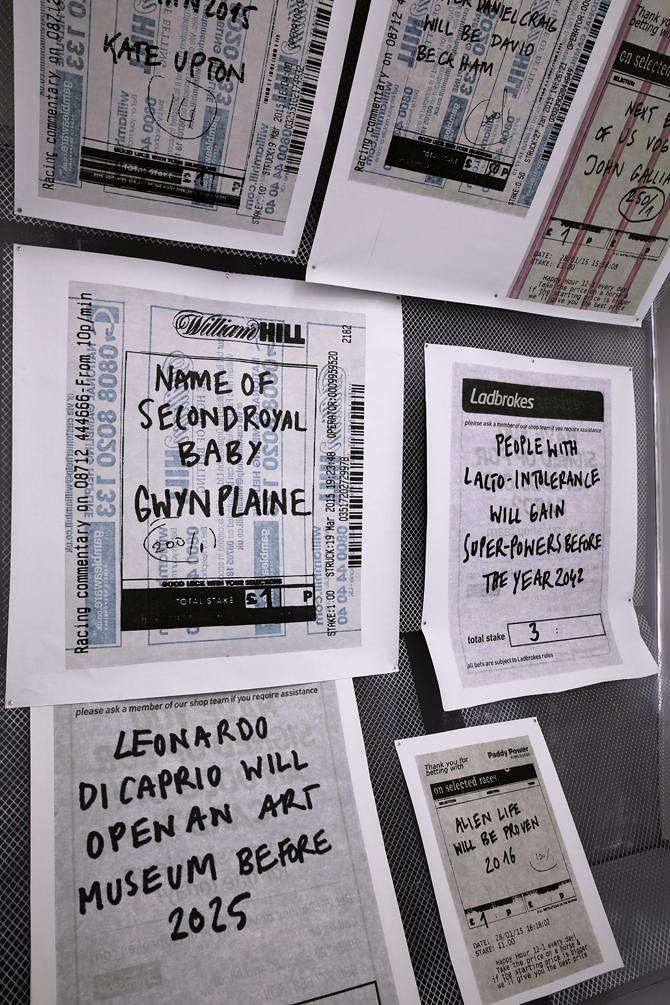
Julian Stalbohm, FICTION JEST DEBACLE, 10.04-23.05.2015 at Ginerva Gambino, Cologne © Julian Stalbohm, courtesy Ginerva Gambino
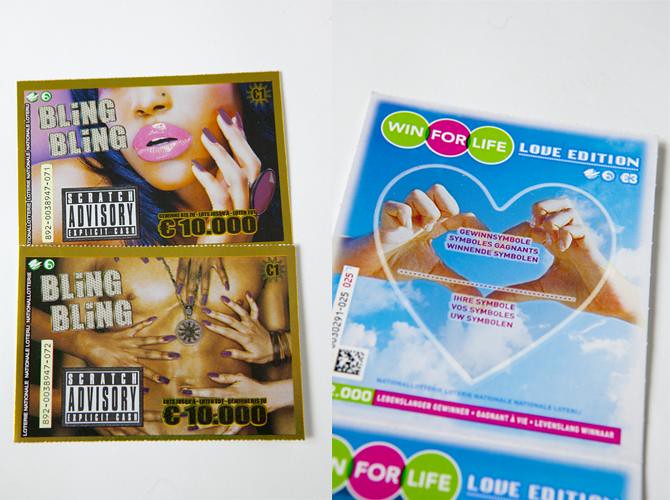
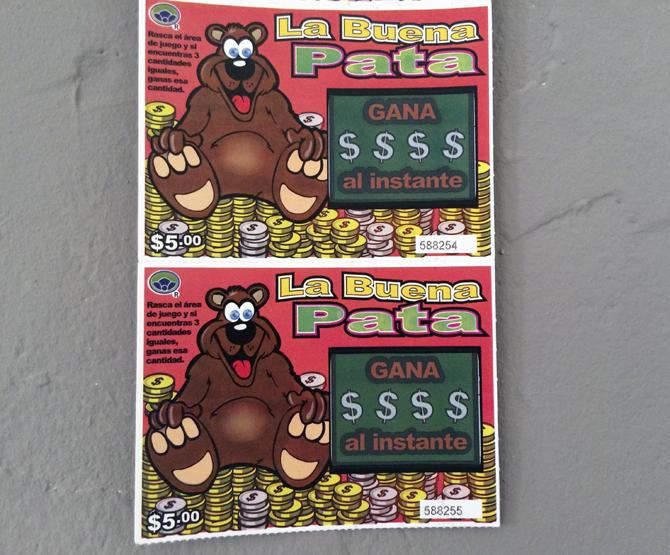
Julian Stalbohm, SCRATCH CARDS © Julian Stalbohm, courtesy the artist
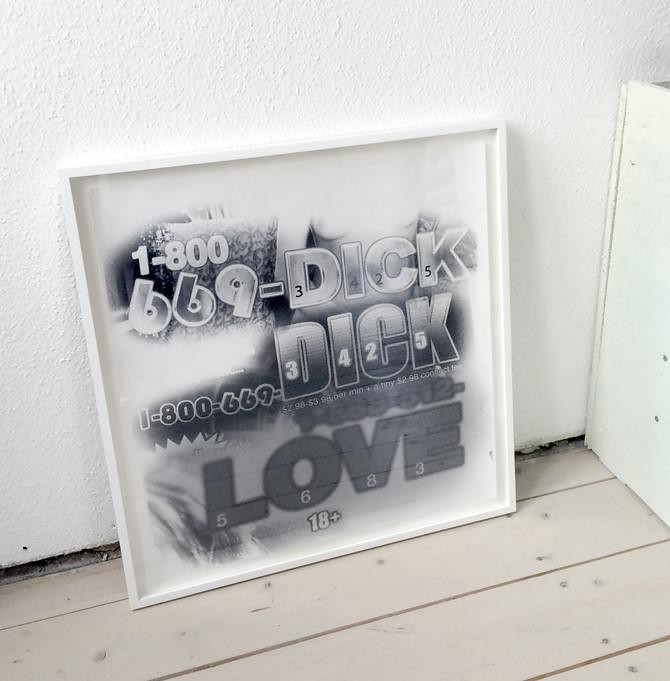
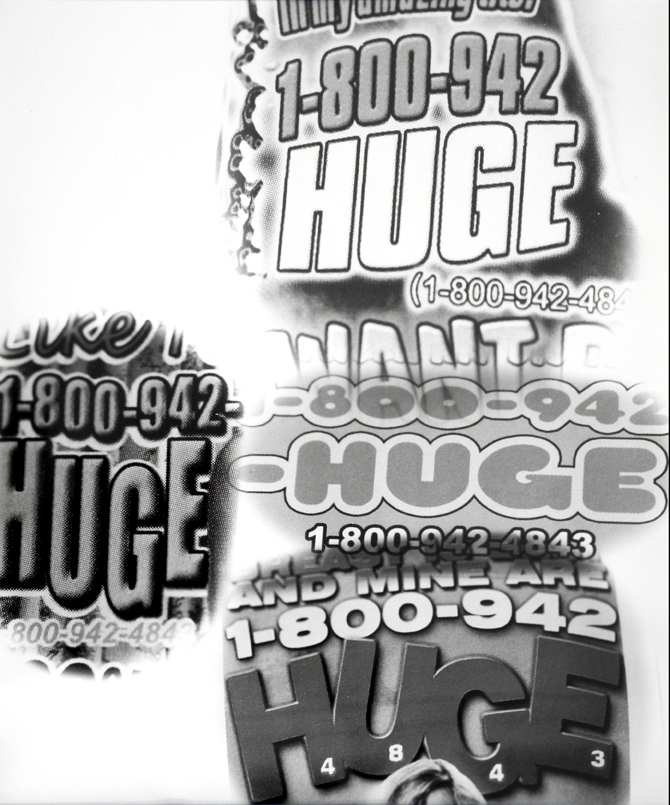
Julian Stalbohm, MENTHOL SWEAT © Julian Stalbohm, courtesy the artist
